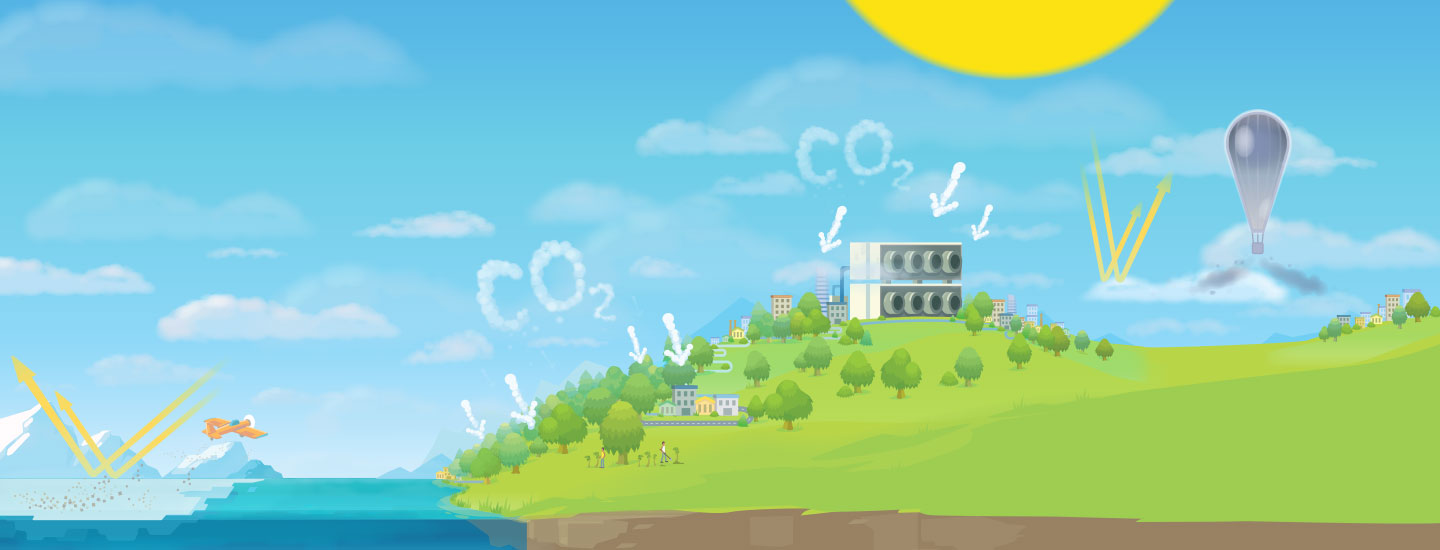This past October, 244 scientists issued a dire warning: Unless humanity takes drastic action within the next decade, we will face devastating effects from climate change. Warming temperatures on Earth are already causing sea levels to rise and intensifying extreme weather, like heat waves and hurricanes. According to the recent report, if we continue on our current path, things will get much worse—endangering people and ecosystems around the globe.
This past October, 244 scientists released a serious warning. Humans must take strong actions within the next decade, or we’ll face harsh effects from climate change. Temperatures on Earth are warming. This is already causing sea levels to rise. It’s also making extreme weather, like heat waves and hurricanes, more intense. The recent report says if we continue this way, things will get much worse. People and ecosystems around the globe will be in danger.

